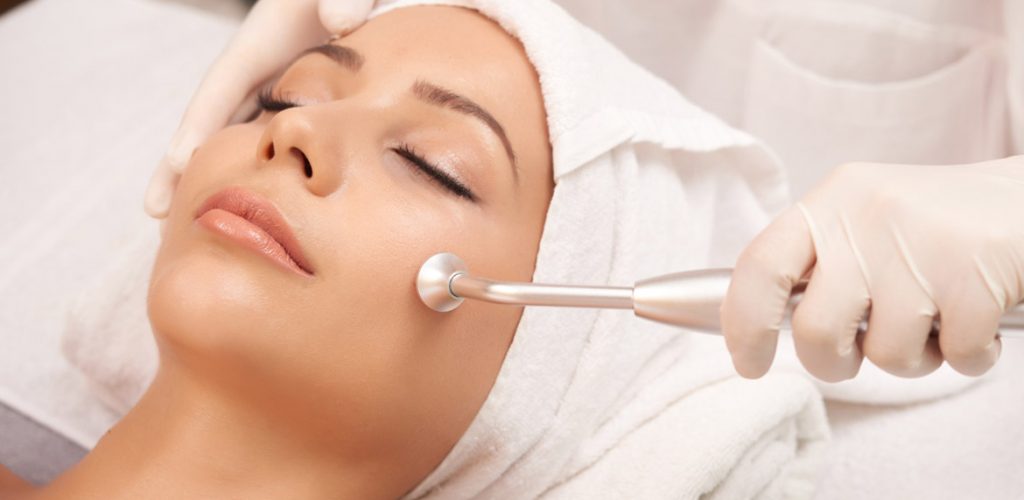Perfectly shaped eyebrows, flattering eyeliner or lovely coloured lips, permanent makeup promises you’ll be able to work all day, go to the gym or out dancing all night and wake up in the morning with makeup still in place. And it’s entirely accurate, but just how safe is permanent makeup? The procedure is generally safe in the hands of a skilled, well-trained specialist. Permanent makeup, also called micropigmentation, is the same procedure as tattooing but used for different purposes. A machine with a needle or a hand blade (as in microblading) is used to place pigment granules beneath the skin’s upper layers. If you’re going to have this procedure, there are a few things you can do to ensure you’re picking the right technician.
- Ask to see images of previous work
- Ask how long they have been a permanent makeup artist.
- Do they belong to any association, such as CPCP (Certified Permanent Cosmetics Professional)
- What type of pigments do they use
- You could even as to see their certificates
How Safe are Permanent Makeup Pigments
Allergic reactions to pigments are relatively rare, but it is still possible to get an allergic reaction. Iron oxide pigments rarely cause an allergic reaction and are considered the safest pigments to use. Surprisingly, anything vegetable, natural or organic-based, is the riskiest. It is advised to have a patch test done before treatment, particularly if you’ve never had permanent makeup before. Although some people would advocate not having a patch test as they do not guarantee that you won’t get a reaction in the future. This is a true statement; however, having a patch test could rule out anyone that has the potential for an immediate reaction.
Iron Oxide Pigments and MRI
Although Iron Oxide pigments are considered the safest pigments to use in permanent makeup, there is potential for a magnetic reaction with these pigments when having an MRI scan, but its, not a reason to avoid having permanent makeup. It vibrates and sets up a mild inflammatory response whereby you may feel tingling in the area where you have the pigments. Still, it shouldn’t compromise the imaging quality as long as you make the radiologist aware.
Infections
It’s always recommended to follow the aftercare instructions given by your technician after the treatment. Although in most cases, after treatment, it’s likely you will have swelling and some redness, this should subside over the next day or two. However, it’s essential to treat this as an open wound (although it won’t look like one, it will just look like you will have makeup on). Be careful not to touch it with unclean hands; the area needs to be kept clean and free from any germs not to risk any infections. Keep your fringe away from your tattooed eyebrows; hair can carry many germs. Any makeup you want to use on or near the treated area should always be new.
It’s also important the technician use single-use needles; this is standard procedure in the permanent makeup arena, but it doesn’t hurt to ask the question.
Adverse Reactions
Other possible adverse reactions other than an allergic reaction are granulomas and keloids. Granulomas are masses inside the tissue surrounding a foreign substance, and keloids are an overgrowth of scar tissue. Again, both are rare, and keloids appear more often after removing permanent makeup than the application.


